Pronunciation:
(kuh-REE-nuh)Abbreviation:
CarGenitive:
CarinaeRight Ascension:
9 hoursDeclination:
-60 degreesArea in Square Degrees:
494Crosses Meridian:
9 PM, March 15Visible Between Latitudes:
20 and -90 degreesThe constellation Carina, the keel, is located in the southern hemisphere of the sky. It is visible at latitudes south of 15 degrees and is completely below the horizon for latitudes north of 39 degrees. It is a medium-sized constellation occupying an area of 494 square degrees. It ranks 34th in size among the 88 constellations in the night sky. It is bordered by the constellations Centaurus, Chamaeleon, Musca, Pictor, Puppis, Vela, and Volans.
Carina was once part of a larger constellation called Argo Navis. This larger constellation represented the great ship of Jason and the Argonauts on their voyage to find the golden fleece. Argo Navis was one of the 48 constellations first listed by the Greek astronomer Ptolemy in the second century. This constellation was later divided by the French astronomer Nicolas Louis de Lacaille into three smaller parts. Carina became the Keel, Puppis the Stern, and Vela the Sails. These three smaller constellations were added to the official list of modern constellations in the early 20th century by the International Astronomical Union (IAU).
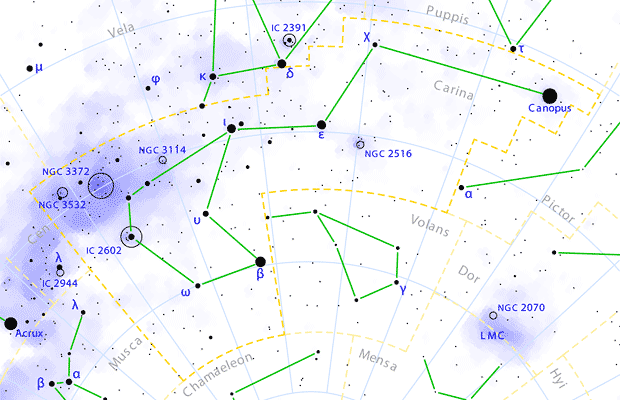
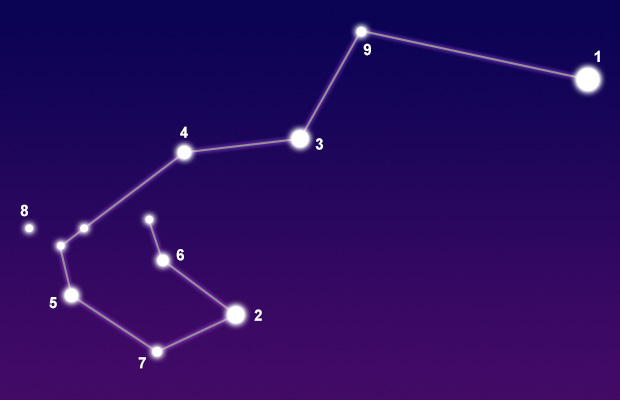
Miaplacidus
Avior
Aspidiske
Theta Carinae
Upsilon Carinae
Omega Carinae
Foramen
Chi Carinae
"Placid Waters"
N/A
"Little Shield"
N/A
N/A
N/A
(Origin Unknown)
N/A
Blue Subdwarf Star
Binary Star System
Blue Supergiant Star
Blue-White Dwarf Star
Double Star
Blue-White Giant Star
Binary Star System
Blue Subgiant Star
1.68
1.86
2.21
2.76
2.97
3.29
3.30
3.60
Carina is famous as the home of the bright star Canopis. It is the brightest star in the constellation and the second brightest star in the night sky with a visual magnitude of -0.74. It is a blue-white supergiant star that is 13,600 times brighter than the Sun. It is located approximately 310 light years from Earth. The second brightest star is Miaplacidus with a magnitude of 1.68. It is a blue subdwarf star that lies 111 light years away. The third brightest star is Avior with a magnitude of 1.86. It is a binary star system located some 630 light years from our solar system.
Carina contains no Messier objects but does contain a few notable deep-sky objects. The Eta Carinae Nebula is a large nebula surrounding the star Eta Carinea. It is one of the largest diffuse nebulas known. It is home to several other objects including the Mystic Mountain, the Homunculus Nebula, and the Keyhole Nebula. The Wishing Well Cluster is an open cluster of about 150 stars. Its name comes from the fact that the stars look like silver coins twinkling at the bottom of a wishing well. NGC 3603 is an open star cluster surrounded by a region of glowing red gas. NGC 2808 is a globular star cluster that contains more than a million stars. It is one of the most massive globular clusters in the Milky Way galaxy.
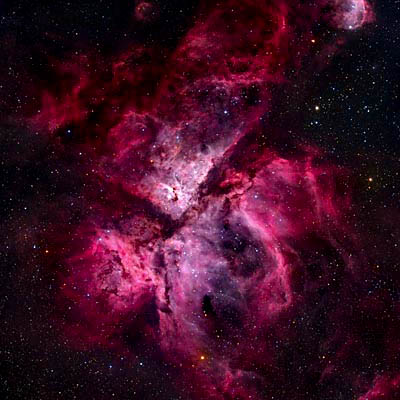
© Harel Boren / CC BY 4.0
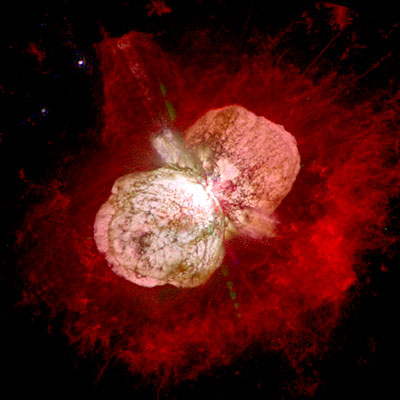
Carinae surrounded by the Homunculus Nebula
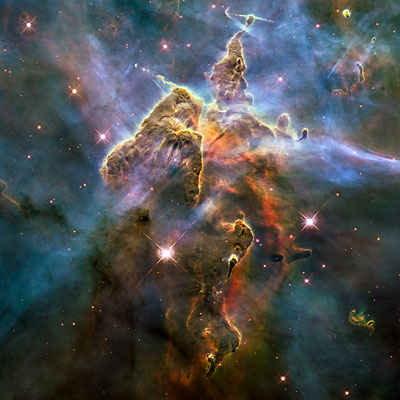
the Hubble Space Telescope
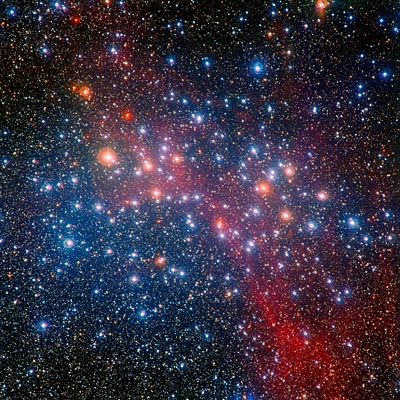
© European Southern Observatory / CC BY 4.0



